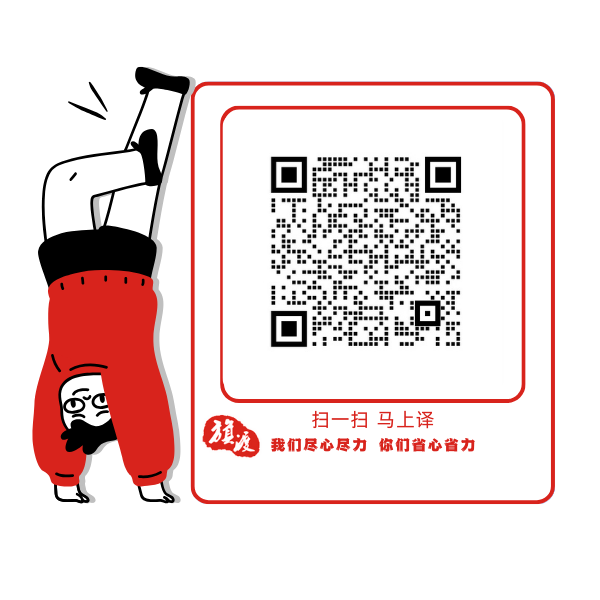
双语金融术语:Exercise/Strike Price(行权价)
What Is an Exercise Price?
定义
The exercise price is the price at which an underlying security can be purchased or sold when trading a call or put option, respectively. It is also referred to as the strike price and is known when an investor initiates the trade.
行权价是分别在交易看涨期权或看跌期权时可以买入或卖出标的证券的价格。也被称为行使价,并在投资者开始交易时为人所知。
An option gets its value from the difference between the fixed exercise price and the market price of the underlying security.
期权的价值来自于固定行权价与标的证券的市场价格之间的差额。
KEY TAKEAWAYS
要点
·An option's exercise price is the price the underlying security can be either bought or sold for.
Both call and put options have an exercise price.
·期权的行权价是标的证券可以买入或卖出的价格。看涨期权和看跌期权均有行权价。
·Investors also refer to the exercise price as the strike price.
·投资者也将行权价称为行使价。
·The difference between the exercise price and the underlying security’s price determines if an option is “in the money” or “out of the money."
·行权价与标的证券价格之间的差额决定了期权是“实值”还是“虚值”。
Understanding Exercise Prices
理解
"Exercise price" is a term used in derivatives trading. A derivative is a financial instrument based on an underlying asset. Options are derivatives, while the stock, for example, refers to the underlying security.
“行权价”是衍生品交易中使用的术语。衍生品是一种以标的资产为基础的金融工具。期权是衍生品,而股票是指标的证券。
In options trading, there are calls and puts and the exercise price can be in the money (ITM) or out of the money (OTM). A call option would be ITM if the exercise price is below the underlying security’s price and OTM if the exercise price is above the underlying security’s price. The converse would hold for a put option.
在期权交易中,有看涨期权和看跌期权,行权价可以是实值 (ITM) 或虚值 (OTM)。如果行使价低于标的证券价格,看涨期权将是 ITM,如果行使价高于标的证券价格,则为 OTM。 反之亦然适用于看跌期权。
Calls vs Puts
A put gives investors the right, but not the obligation, to sell a stock in the future. Investors buy puts if they think the stock is going down or if they own the stock and want to hedge against a possible price decline. They buy puts because it allows them to sell the stock at the strike price of the option, even if the stock falls dramatically.
看跌期权赋予投资者在未来出售股票的权利,但没有义务。如果投资者认为股票正在下跌,或者如果投资者拥有股票并希望对冲可能的价格下跌,投资者就会购买看跌期权。投资者购买看跌期权是因为即使股票大幅下跌,看跌期权也允许投资者以期权的行使价出售股票。
A call, meanwhile, gives investors the right, but not the obligation, to buy a stock in the future. Investors buy calls if they think the stock is going up in the future or if they sold the stock short and want to hedge against a possible surge in price. Calls give them the right to buy at the strike price even if the stock price rallies aggressively.
看涨期权赋予投资者在未来购买股票的权利,但没有义务。如果投资者认为股票未来会上涨,或者如果投资者卖空股票并希望对冲可能出现的价格上涨,投资者就会买入看涨期权。即使股价大幅上涨,看涨期权也赋予他们以行使价买入的权利。
Typically, put option investors only exercise their right to sell their shares at the exercise price if the price of the underlying is below the strike price. Likewise, call options are usually only exercised if the price of the underlying is trading above the strike price.
通常,看跌期权投资者仅在标的物价格低于行使价时才行使其以行使价出售其股票的权利。 同样,看涨期权通常只有在标的价格高于行使价时才会被行使。
Exercise Price Example
示例
Let’s assume that Sam owns call options for Wells Fargo & Company with an exercise price of $45, and the underlying stock is trading at $50. This means the call options are trading ITM—the exercise price is lower than the price at which the stock is currently trading—by $5.
假设 Sam 拥有 Wells Fargo & Company 的看涨期权,行权价为 45 美元,而标的股票的交易价格为 50 美元。即看涨期权正在交易 ITM——行权价比股票当前交易的价格低 5 美元。
The call options give Sam the right to buy the stock at $45 even though it's trading at $50, allowing him to make $5 per share by exercising the option. Sam's profit would be $5 less the premium or cost he paid for the option.
看涨期权赋予Sam以 45 美元的价格购买该股票的权利,即使其交易价格为 50 美元,他也可以通过行使该期权每股赚取 5 美元。 Sam 的利润将是 5 美元减去他为该期权支付的溢价或成本。
If, on the other hand, Wells Fargo is trading at $50, and the strike price of Sam's call option is $55, that option is OTM. It would not be beneficial for Sam to exercise that option because there is no need to pay $55 (using the option) when he can currently buy the stock for $50.
另一方面,如果Wells Fargo的交易价格为 50 美元,而 Sam 的看涨期权的执行价格为 55 美元,则该期权为 OTM。 Sam 行使该期权对他没有好处,因为当他目前可以以 50 美元的价格购买股票时,他不需要支付 55 美元(使用该期权)。
Example of the Exercise Price / Strike Price in Wells Fargo Options Table
Wells Fargo期权表中的行权价/行使价示例
The further OTM an option moves, the less valuable it gets. It only has extrinsic value, or value based on the possibility that the price of the underlying could move through the strike price. Meanwhile, the further ITM an option is, the more value it has, giving Sam a better price than what is available in the stock market—or another underlying market.
期权的OTM移动的越远,其价值越小。期权仅具有外在价值,或基于标的物价格通过行使价的可能性而产生的价值。同时,期权的 ITM 越远,其价值越大,从而为 Sam 提供比股票市场或其他基础市场上可用的价格更好的价格。
(英文来源:https://www.investopedia.com/terms/e/exerciseprice.asp)


